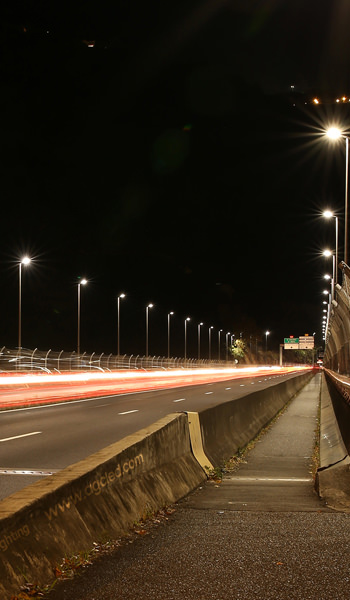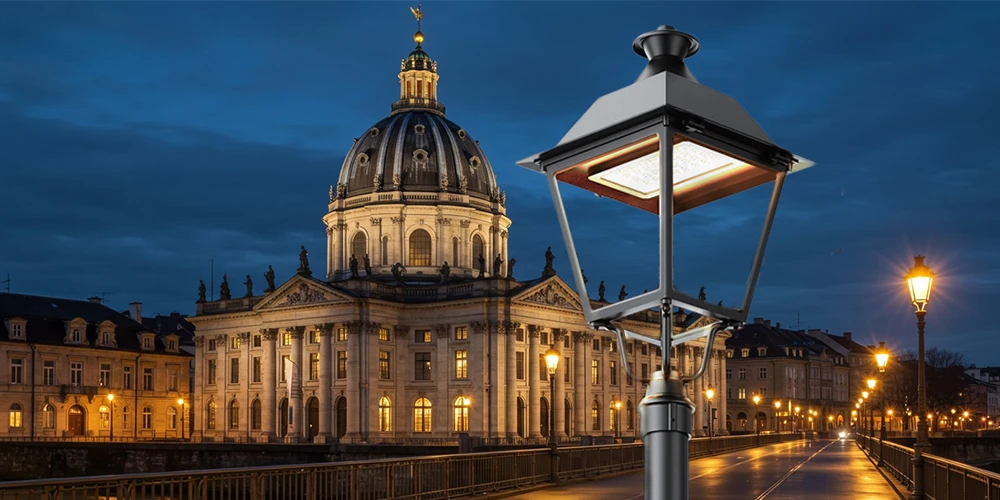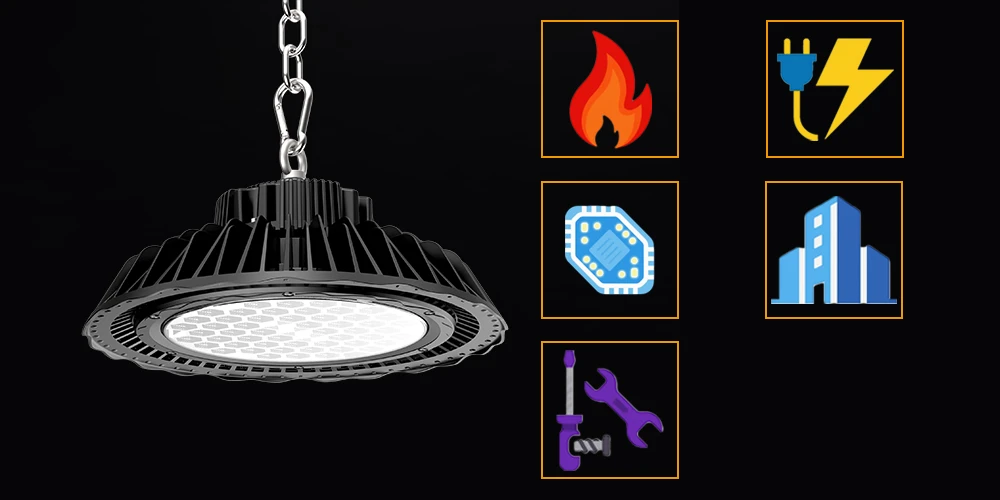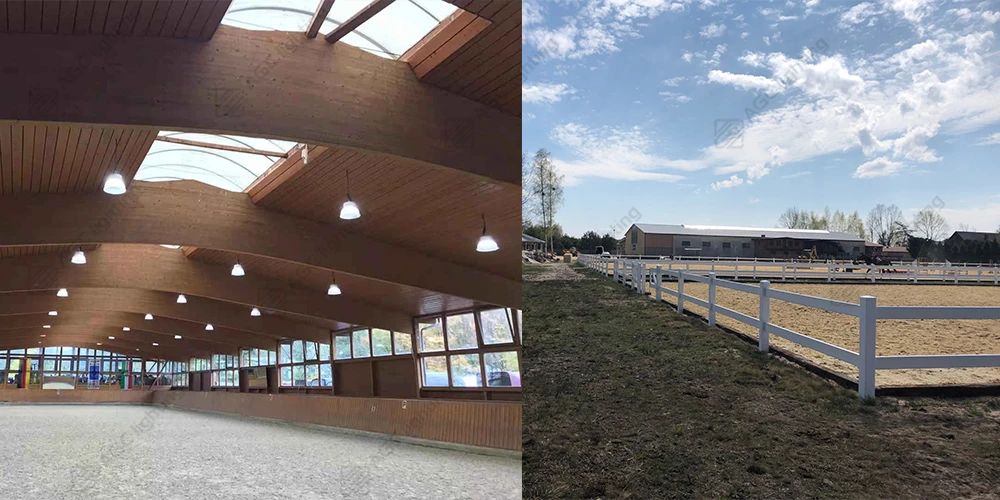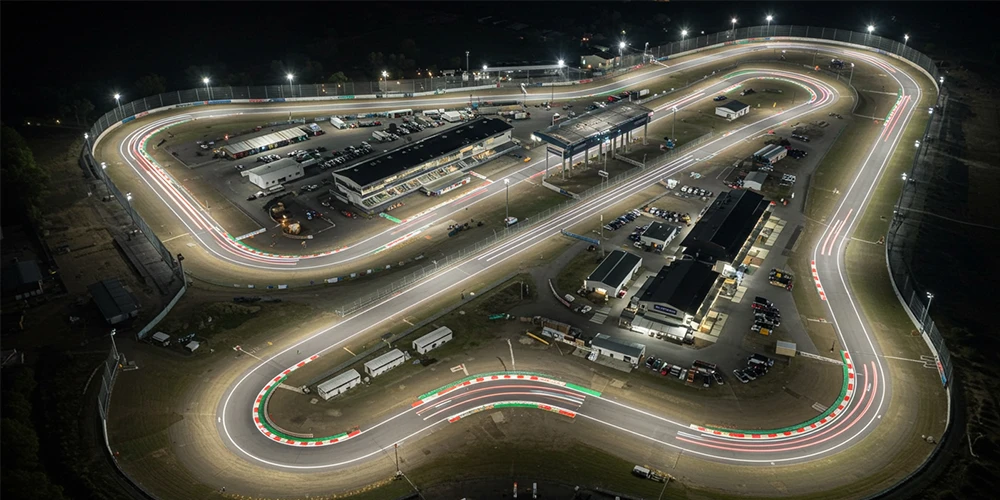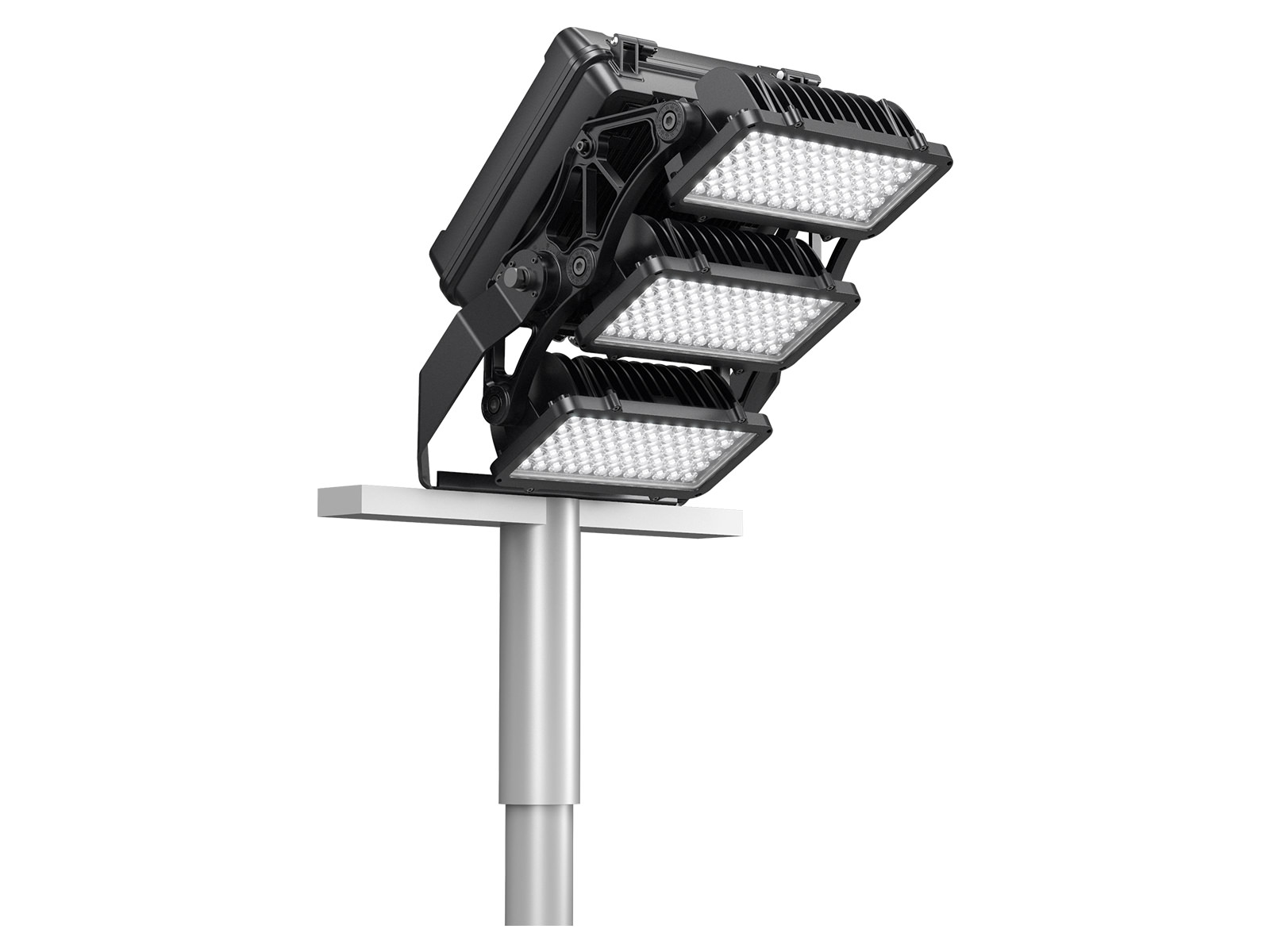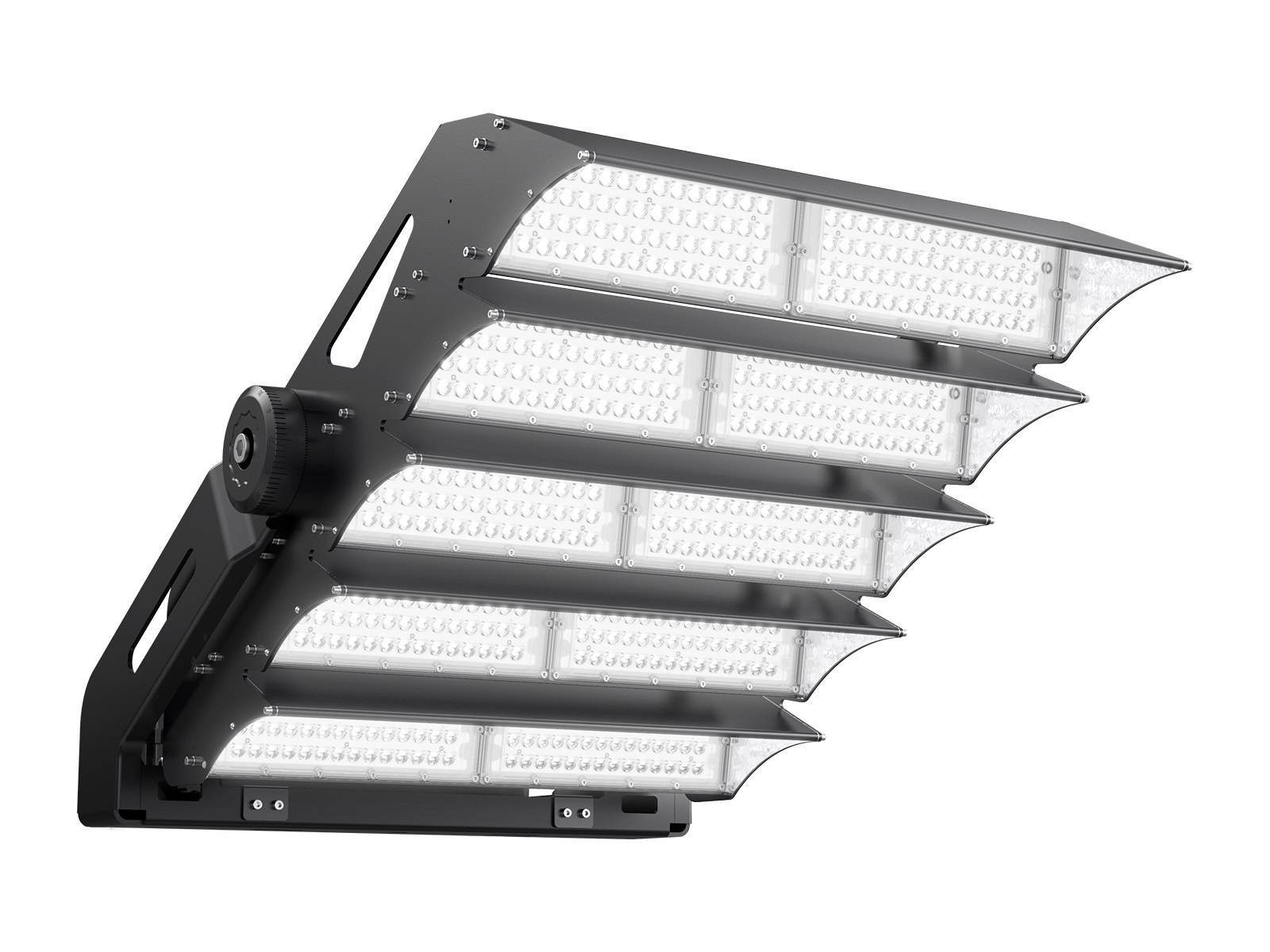What comes to your mind when talking about sports lighting?
As far as we know, asymmetric lighting is becoming a trend no matter in the recreational sports field or high-class sports arenas. The ultimate goal is not simply to light up the field, but to create a pollution-free lighting performance.
We shall focus on controlling of upward light ratio(ULR), glare ratio(GR), luminous intensity(LI), and obtrusive light. The asymmetric lighting will be the right choice.
Upward light ratio (ULR), glare ratio (GR) for players, and luminous intensity (LI), obtrusive light for neighbors are becoming increasingly important considerations for sports lighting designs in developed countries.
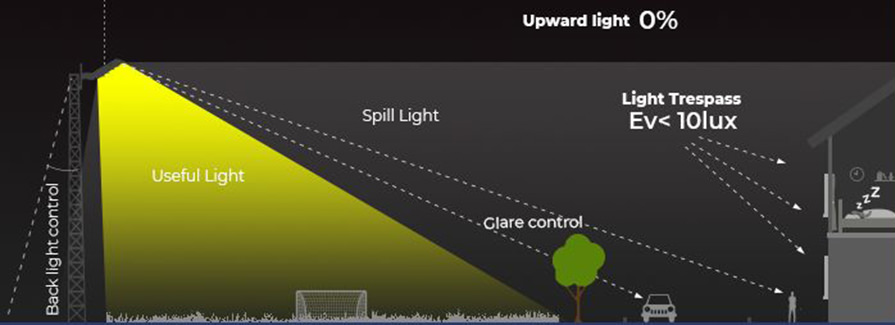
The parameters above are not the same, but they are interrelated. Therefore, design improvements that achieve a low ULR will usually achieve a good GR and LI, so we can concentrate on minimizing the ULR as a priority.
Compared with a symmetric beam profile, the asymmetric beam has the advantage of controlling ULR. Take the picture below for example, when we use a symmetric beam and an asymmetric beam to light the same area, we have to tilt the luminaire upwards in 60°to 70°if use a symmetric beam, while the tilt angle is only 20°to 30°or even 0°to 10°if use an asymmetric beam. As we know, the smaller the tilt angle, the lower the ULR will be, which is critical to minimize light pollution.

We AGC dedicated to the innovation of sports lighting in the years ahead as well as in the coming years. Please do not hesitate to contact us if you have problems in sports lighting applications.

